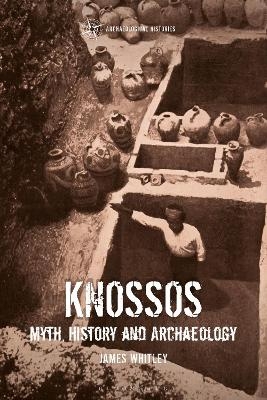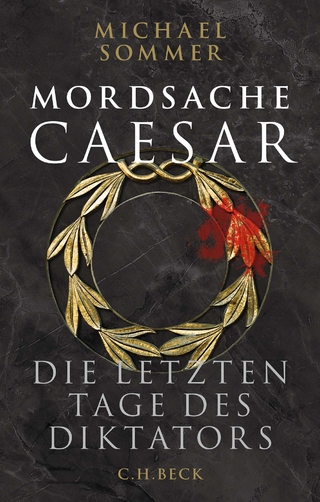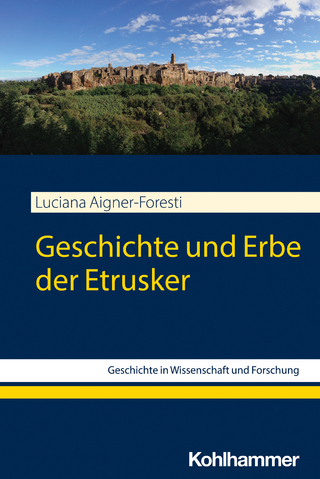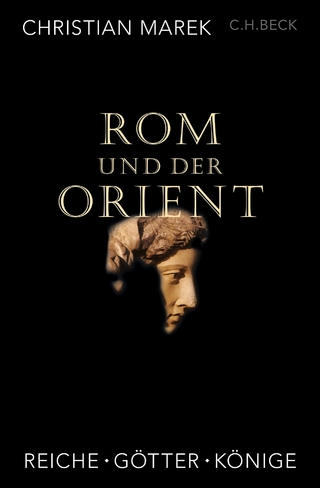
Knossos
Myth, History and Archaeology
Seiten
2023
Bloomsbury Academic (Verlag)
978-1-4725-2725-7 (ISBN)
Bloomsbury Academic (Verlag)
978-1-4725-2725-7 (ISBN)
Knossos is one of the most important sites in the ancient Mediterranean. It remained amongst the largest settlements on the island of Crete from the Neolithic until the late Roman times, but aside from its size it held a place of particular significance in the mythological imagination of Greece and Rome as the seat of King Minos, the location of the Labyrinth and the home of the Minotaur.
Sir Arthur Evans’ discovery of ‘the Palace of Minos’ has indelibly associated Knossos in the modern mind with the ‘lost’ civilisation of Bronze Age Crete. The allure of this ‘lost civilisation’, together with the considerable achievements of ‘Minoan’ artists and craftspeople, remain a major attraction both to scholars and to others outside the academic world as a bastion of a romantic approach to the past.
In this volume, James Whitley provides an up-to-date guide to the site and its function from the Neolithic until the present day. This study includes a re-appraisal of Bronze Age palatial society, as well as an exploration of the history of Knossos in the archaeological imagination. In doing so he takes a critical look at the guiding assumptions of Evans and others, reconstructing how and why the received view of this ancient settlement has evolved from the Iron Age up to the modern era.
Sir Arthur Evans’ discovery of ‘the Palace of Minos’ has indelibly associated Knossos in the modern mind with the ‘lost’ civilisation of Bronze Age Crete. The allure of this ‘lost civilisation’, together with the considerable achievements of ‘Minoan’ artists and craftspeople, remain a major attraction both to scholars and to others outside the academic world as a bastion of a romantic approach to the past.
In this volume, James Whitley provides an up-to-date guide to the site and its function from the Neolithic until the present day. This study includes a re-appraisal of Bronze Age palatial society, as well as an exploration of the history of Knossos in the archaeological imagination. In doing so he takes a critical look at the guiding assumptions of Evans and others, reconstructing how and why the received view of this ancient settlement has evolved from the Iron Age up to the modern era.
James Whitley is Professor in Mediterranean Archaeology at Cardiff University, UK. Between 2002 and 2007 he was Director of the British School at Athens, Greece.
List of Tables and Figures
Preface and Acknowledgements
A Note on Chronology and Terminology
On the spelling of and transliteration of ancient Greek names
List of Abbreviations with Explanatory Note
Chapter 1. Legends and Labyrinths
Chapter 2. Inventing the Minoans: Arthur Evans and After
Chapter 3. From Village to Palace: Neolithic and Early Bronze Age Knossos
Chapter 4. Palatial Knossos: The Palace of Minos?
Chapter 5. After the Palace: From the Iron Age to the Romans
Chapter 6. Knossos Yesterday and Today
Bibliography
General Index
Topographical Index
| Erscheinungsdatum | 14.11.2023 |
|---|---|
| Reihe/Serie | Archaeological Histories |
| Zusatzinfo | 62 bw illus |
| Verlagsort | London |
| Sprache | englisch |
| Maße | 156 x 234 mm |
| Themenwelt | Geisteswissenschaften ► Archäologie |
| Geschichte ► Allgemeine Geschichte ► Altertum / Antike | |
| ISBN-10 | 1-4725-2725-9 / 1472527259 |
| ISBN-13 | 978-1-4725-2725-7 / 9781472527257 |
| Zustand | Neuware |
| Informationen gemäß Produktsicherheitsverordnung (GPSR) | |
| Haben Sie eine Frage zum Produkt? |
Mehr entdecken
aus dem Bereich
aus dem Bereich


